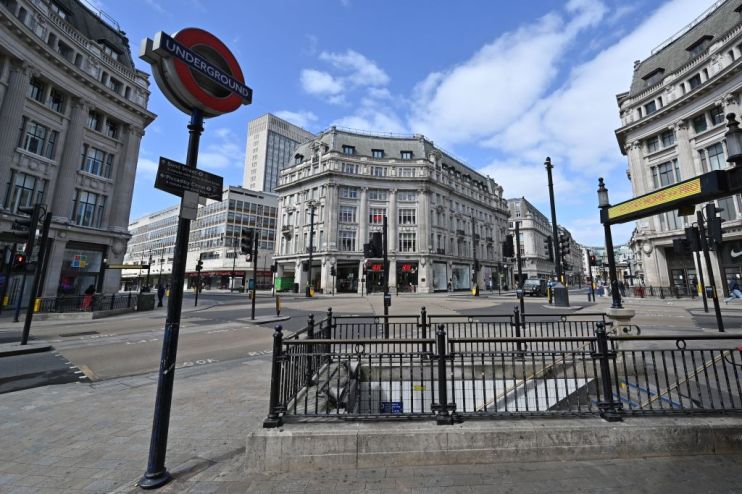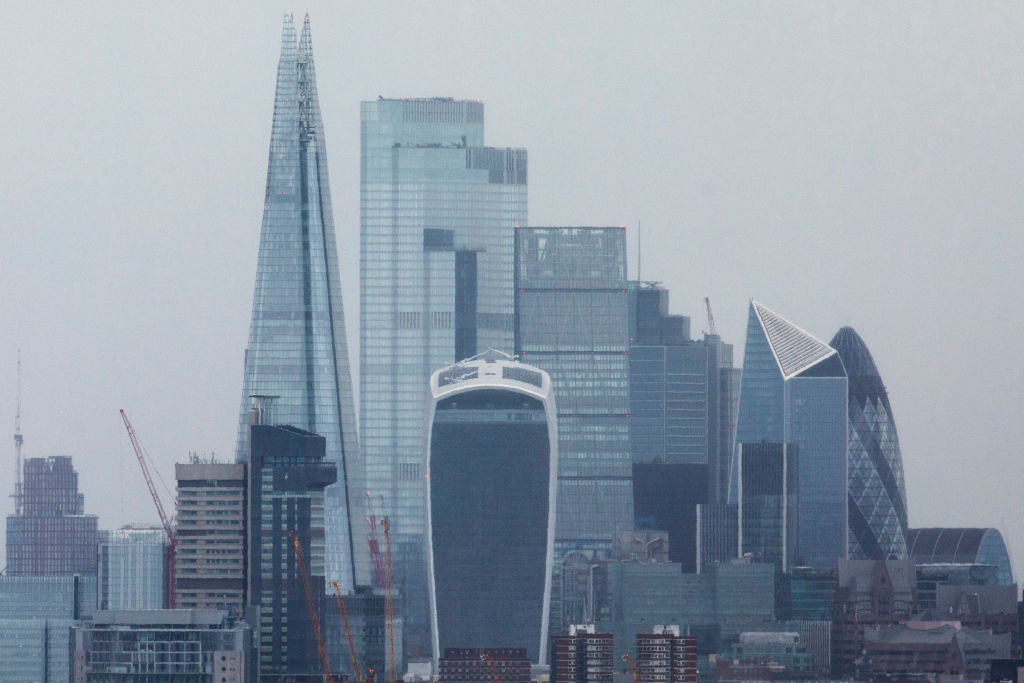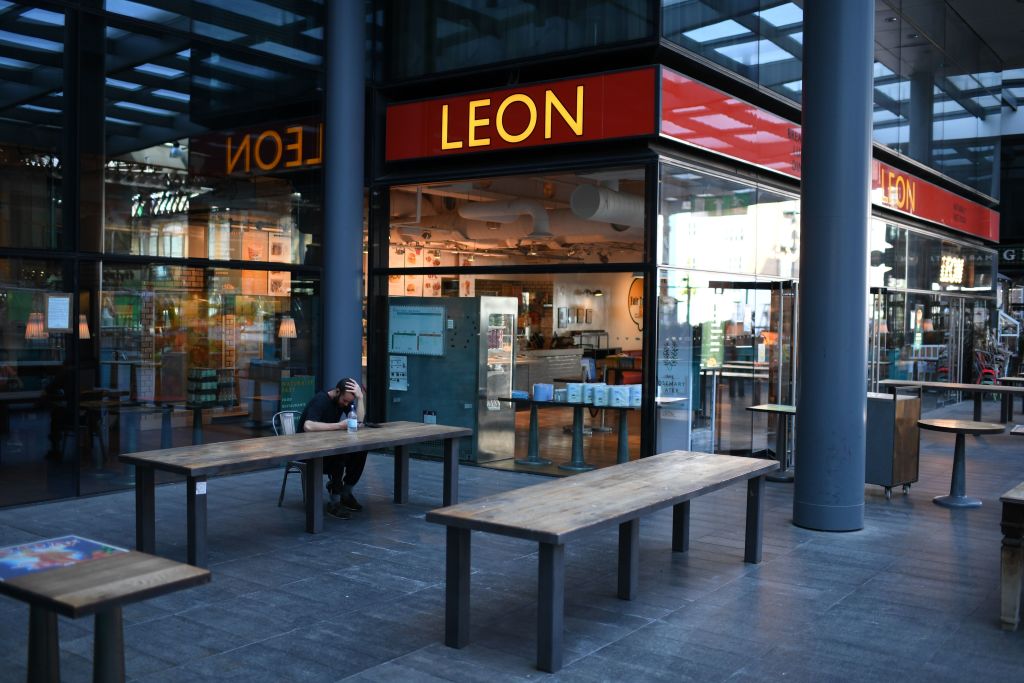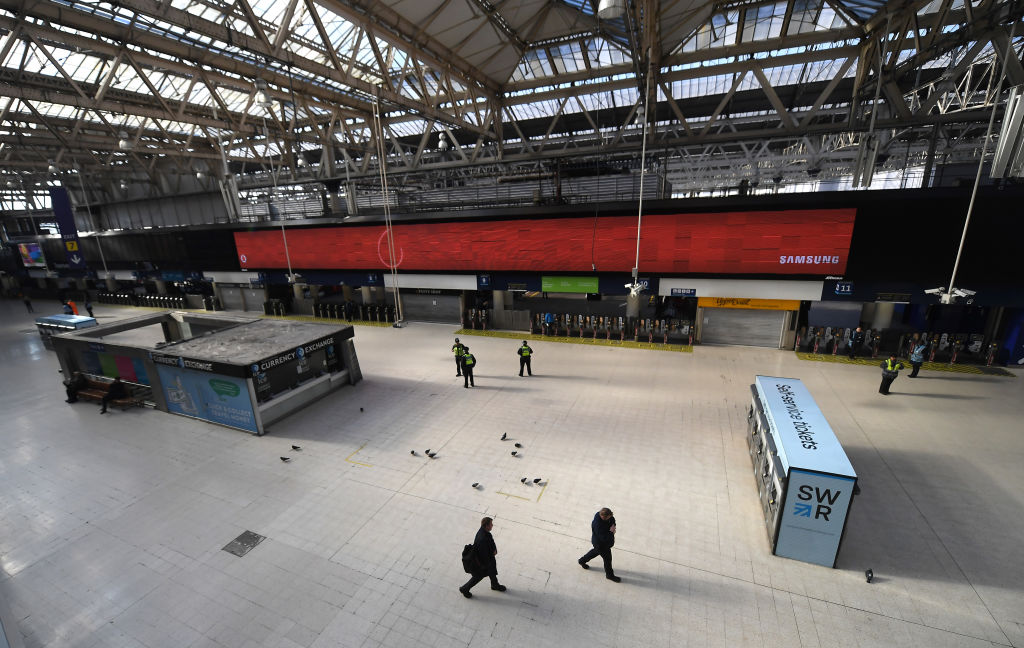Exit strategy: How and when Boris Johnson will end the UK lockdown

The Prime Minister is set to reveal a “roadmap” to end UK lockdown measures on Sunday, but what does the exit strategy look like, and when will measures be eased?
Last week, Boris Johnson said the UK had “passed the peak” and today chairs a Cabinet meeting that will focus on what restrictions can be lifted.
We look at when and how the UK lockdown will end and what the exit strategy means for people, businesses and commuting.
When will the UK lockdown end?
In April the government set out five tests the UK had to meet efore adjusting the strict lockdown measures.
These tests include a sustained and consistent fall in the daily death rate, and evidence that the rate of infection is falling.
What are the stages to end UK lockdown?
It is understood that the UK lockdown will end in stages, as in Europe. That should help avoid the risk of a second wave which could overwhelm the NHS.
A draft 50-page document ministers have drawn up would see the UK lockdown eased between now and October before it comes to an end.
The first restrictions to be lifted are expected to be the opening of non-essential shops. Then the public may be allowed to socialise in small groups.
The second stage could see large shopping centres reopening and more employees encouraged to return to offices.
However, pubs, gyms, restaurants and hotels face closures for months longer. They are set to be among the last to reopen.
And the easing of restrictions can only begin when the rate of transmission is below one. That would mean coronavirus is no longer rapidly increasing.
What restrictions could end next week?
Johnson is reportedly expected to amend the “stay home” slogan in Sunday’s address to the nation in a sign that he will loosen some restrictions from next week. And at Prime Minister’s Questions he suggested some measures could start being eased from Monday.
A spokesperson for the PM said earlier today that Johnson would use “maximum caution” and any changes will be “very limited”.
Nicola Sturgeon confirmed that lockdown would continue in Scotland, saying any easing would be “very, very risky” at this stage.
When will employees return to work?

The PM is likely to push for employees to return to work once it is safe to do so. The business department has already drawn up documents to help businesses prepare for employees returning to offices.
Companies will have to limit hot desking and introduce protective screens, according to draft government proposals.
Many UK companies have been forced to shut since lockdown began on 23 March. But it is unlikely that they will be able to resume operations as before.
Ministers will push companies to maximise home-working where possible, and stagger shift times to keep staff two metres apart.
Bosses most also use floor tape to set out spacing if necessary. Protective screens and equipment will be used where keeping a distance is not possible.
Employers with more than five staff must draw up a coronavirus risk assessment before allowing staff back in the office.
And it is unclear how many staff will return to offices immediately. London mayor Sadiq Khan has said a 100 per cent Tube service could only serve 20 per cent of commuters to maintain social distancing.
When will UK schools reopen after lockdown ends?
While countries in Europe have set out a route to getting children back to school, there is little understanding of when this might happen.
Reports suggest the PM is hoping to reopen primary schools in England on 1 June.
However, health secretary Matt Hancock warned that schools may not reopen until September. Dominic Raab also said it would not be safe to reopen all schools in England, after the Scottish government said schools in Scotland could not open for now.
A report by the Scottish government said a full reopening could cause a second wave of infection that would overwhelm the health service.
When schools do open, measures could include limiting class sizes, staggering break times, and groups of pupils attending on different days, as in Germany.
When will shops reopen under UK exit strategy?
The government is expected to issue guidance on how non-essential shops can reopen safely. The British Retail Consortium (BRC) has said changing rooms could be closed and customers encouraged to shop alone.
All non-essential shops were ordered to shut when the UK went into lockdown in March. Those included hairdressers and clothing shops and non-food and pharmacy shops. Last month B&Q, deemed an essential retailer, reopened 75 of its stores after drawing up plans to safeguard customers and staff.
It is likely that non-essential shops will have to follow similar measures put in place in supermarkets, such as a limit to customers in stores and two-metre markers.
Shops will also be expected to consider providing hand sanitiser at entry and exit points, and move to cashless payments to limit contact.
Pubs, bars, and restaurants to stay closed

Unfortunately there are no plans for pubs, restaurants and bars to re-open to diners any time soon under the UK exit strategy.
Draft government guidance seen by the BBC said bar areas and seated areas in restaurants and cafes must remain closed even when the economy reopens.
As in Europe, they will likely be the last to reopen. And even then they will look incredibly different.
Martin Williams, chief executive of M Restaurants and Gaucho, told City A.M. he is exploring the option of robot waiters and conveyor belts to serve meals.
Takeaway services have been allowed to remain open but companies must ensure two metres between customers and staff. And the number of people allowed in shops has also been limited to ensure sufficient space.
Wetherspoon boss Tim Martin said the pub chain is hoping to open pubs “in or around June” but has given little detail on how this could happen.
Measures on reopening will likely include a limit on customer numbers, shortened opening hours and restricted menus.
Public transport

As people begin to return to work, the PM will want to avoid public transport becoming a hotbed of infection.
Public transport capacity and usage has been reduced, with TfL operating a reduced service. Tube journeys are down 95 per cent and bus travel is 85 per cent below normal levels.
Writing for City A.M., mayor of London Sadiq Khan said there would be “no swift return to normality for TfL”.
He said: “It’s an inescapable fact that no mass transport system of the scale we have in London can operate at full capacity while maintaining social distancing at all times.”
Social distancing measures mean the Tube will only be able to carry 13 to 20 per cent of previous passengers.
Part of the government’s measures will include staggering working hours to stop rush hour crowding.
Transport secretary Grant Shapps said once the UK lockdown ends, more buses and trains will run. But he added he hoped people would take up cycling and walking.
Earlier this week defence secretary Ben Wallace said wearing face masks on public transport would make people “feel able” to go back to work. He confirmed the government had begun stockpiling masks.